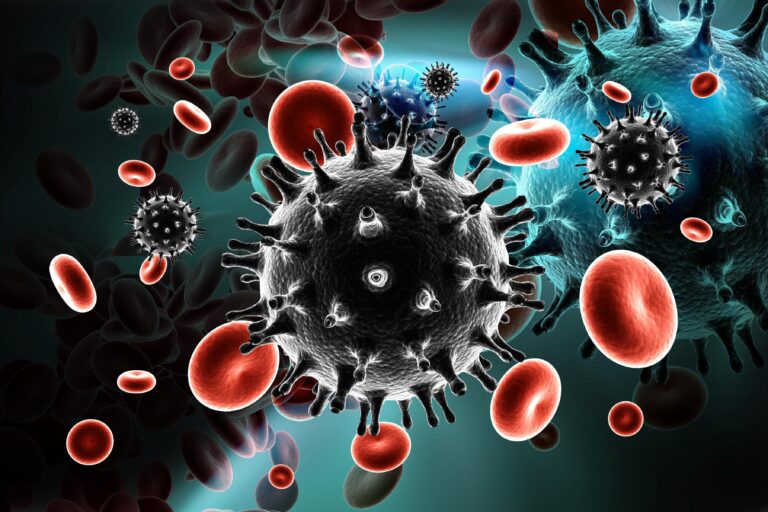Understanding the HIV/AIDS Epidemic in Guatemala
The HIV/AIDS epidemic remains a significant public health challenge in Guatemala. With approximately 60,000 people living with HIV, the country faces a critical need for awareness and intervention strategies. Despite these numbers, stigma and discrimination against those living with the virus persist.
Prevalence Rates and Demographics
In Guatemala, the prevalence of HIV among the general population is estimated at around 0.5%. However, among high-risk groups, this figure can be much higher, with rates exceeding 10% among men who have sex with men (MSM) and sex workers. This disparity highlights the need for targeted public health initiatives.
Access to Healthcare and Treatment
Access to healthcare services for those affected by HIV/AIDS is a major obstacle in Guatemala. Many individuals do not seek testing or treatment due to a lack of accessible healthcare facilities or fear of social repercussions. The need for better healthcare infrastructure and outreach programs is crucial to addressing this issue.
Stigma and Discrimination
The stigma surrounding HIV/AIDS continues to be a barrier for those seeking help in Guatemala. People living with HIV often face discrimination that prevents them from accessing essential services. Education and awareness campaigns are needed to change public perceptions and reduce discrimination.
Efforts to Combat HIV/AIDS
Various organizations are working to combat the HIV/AIDS epidemic in Guatemala. Groups like the Borgen Project focus on advocacy and education to improve resources and support for the affected populations. To understand more about these efforts, you can learn about their initiatives at Borgen Project.
The Role of Education and Prevention
Education plays a vital role in preventing the spread of HIV/AIDS in Guatemala. Programs that inform the public about transmission and prevention strategies are essential for reducing new infections. Increased focus on sexual health education can empower individuals to take control of their health.
Conclusion
HIV/AIDS remains a critical public health issue in Guatemala, demanding urgent action. By improving access to healthcare, reducing stigma, and enhancing educational efforts, it is possible to turn the tide against this epidemic. Collective efforts from government, NGOs, and communities will be key in achieving these goals.

